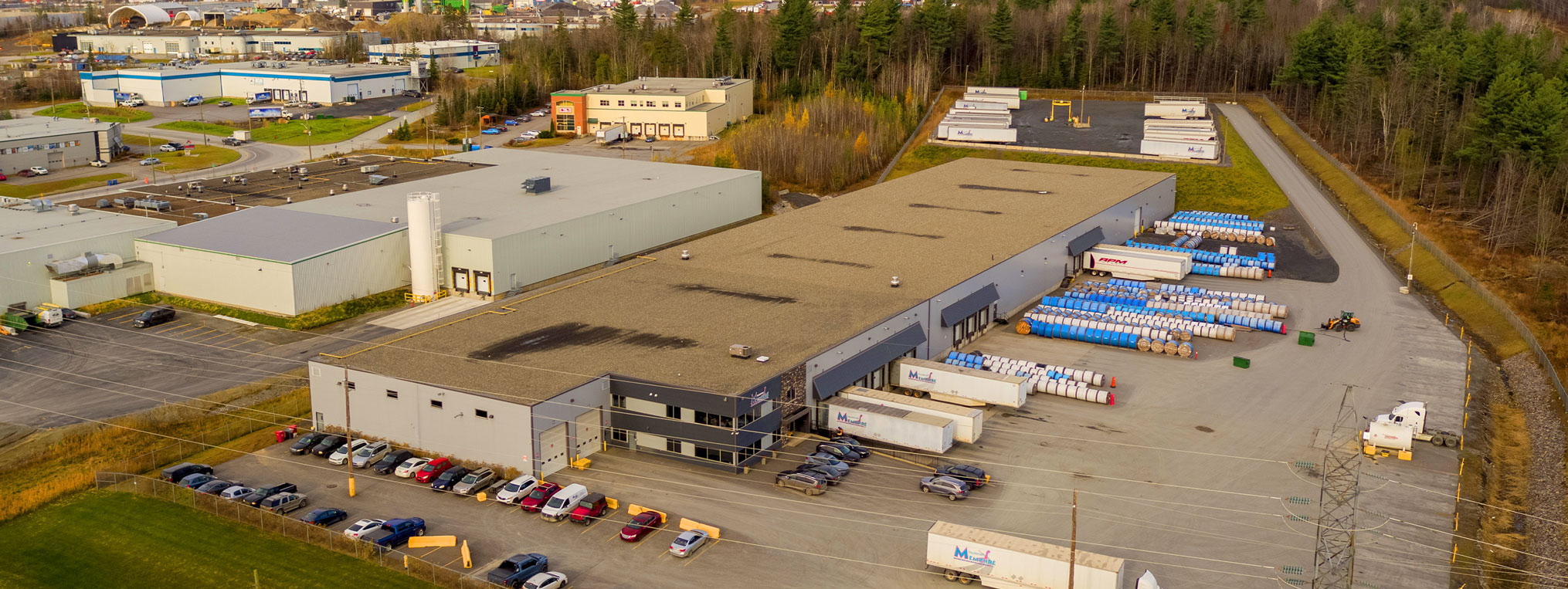
27 Feb Automated Inventory Management to Optimize Stock Control
Inventory management is a significant challenge for many businesses, especially those outsourcing the storage of their goods. In a world where speed and efficiency are critical, inventory automation is becoming an essential solution for enhancing competitiveness. Here’s why your business should consider this transformation and how it can benefit.
Key Benefits of Inventory Automation
1. Reduction in Human Errors
One of the primary causes of financial losses in inventory management is human error. With automated systems like barcodes or RFID (Radio Frequency Identification) technology, tracking products with near-perfect accuracy becomes possible. No more counting errors, misidentified items, or incorrect orders.
2. Cost Optimization
Automation provides better stock visibility, reducing the risks of overstocking or stockouts. Precise management prevents unnecessary expenses and improves purchasing planning. Additionally, streamlined operations save time and resources.
3. Real-Time Visibility
Automation tools offer real-time, up-to-date data. This enables quick strategic decision-making, whether it’s reorganizing products or responding to fluctuations in demand.
4. Compatibility with Other Logistics Management Systems
Modern automation solutions often integrate with ERP (Enterprise Resource Planning) software or Transportation Management Systems (TMS), creating optimal synergy between various functions within your business.
An Essential Process for Outsourced Storage
When working with a transport and storage partner, inventory automation plays a crucial role. It facilitates collaboration between your business and the provider through seamless data synchronization. You can instantly access information about stock levels in external warehouses and track product movements throughout the supply chain.
How to Choose the Right Automation Solution
1. Assess Your Needs
Identify weaknesses in your current management system. Are you facing recurring issues like stockouts, overstocking, or slow processes?
2. Choose Appropriate Technologies
Solutions vary based on the size of your business and specific needs. Small businesses may benefit from simple scanning tools, while larger companies can leverage advanced platforms with artificial intelligence and predictive analytics.
3. Ensure Effective Training
Adopting new technology requires proper training for your team. Ensure your staff understands how to use the tools to maximize their efficiency.
The Future of Inventory Automation
With advancements in artificial intelligence and the Internet of Things (IoT), automation will continue to evolve. From smart sensors to predictive systems, the possibilities for optimizing inventory management are endless. Investing in these technologies today, or partnering with a competent and qualified provider, positions your business as a forward-thinking and competitive market player. It helps you stay ahead of some competitors—or at least avoid falling behind those who have already embraced this solution.
In Summary
Inventory automation is a powerful growth driver for businesses that outsource their storage. By reducing errors, optimizing costs, and improving stock visibility, this solution delivers tangible and measurable results. Taking the step toward automation is a smart choice for optimizing inventory management and strengthening your position in the market.

